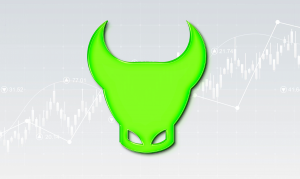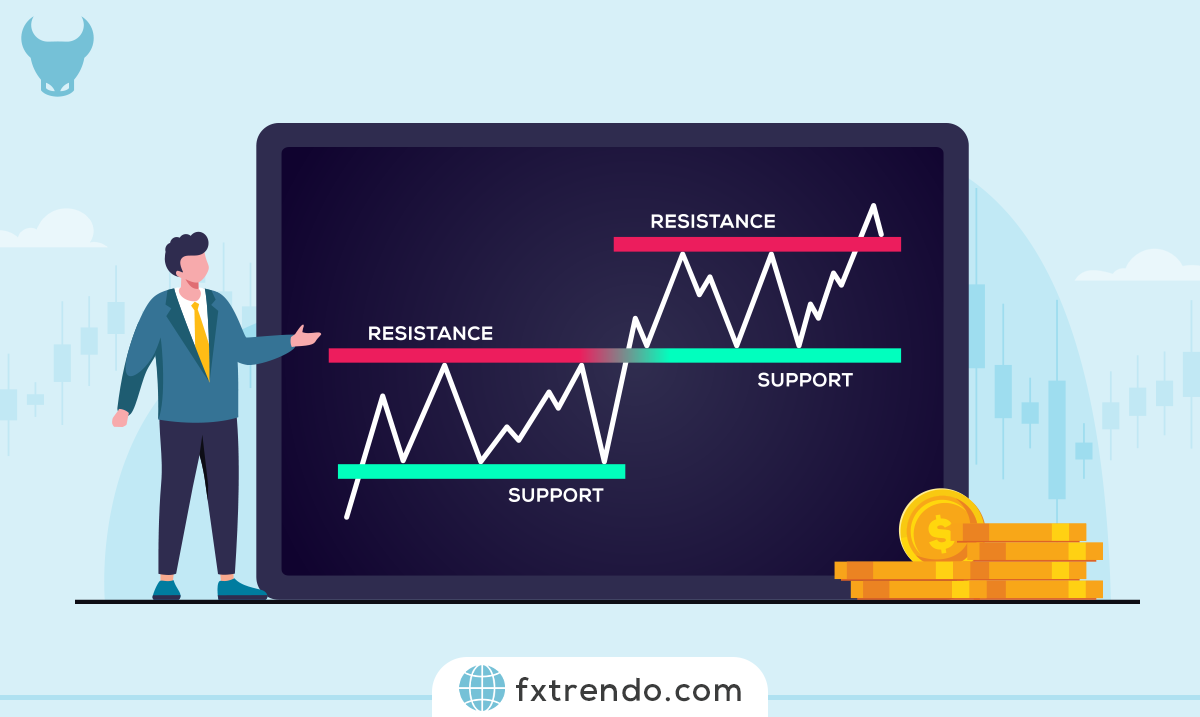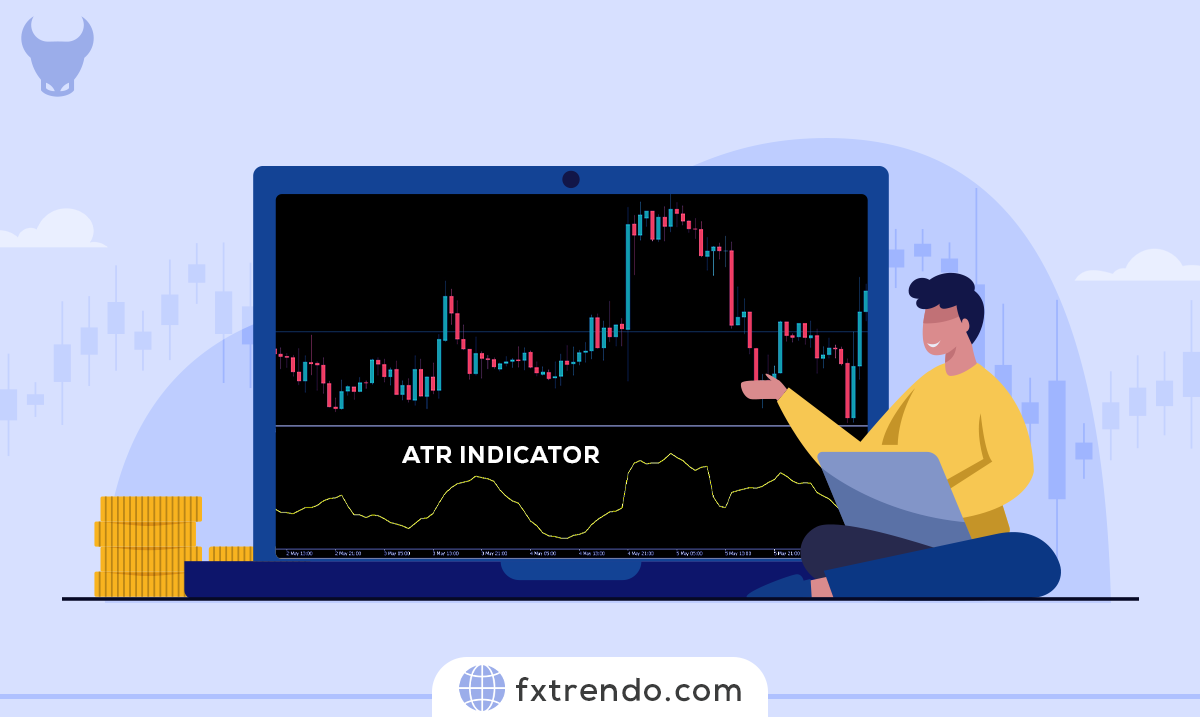Fractal approach and key rules in Elliott wave theory


Fractal can be considered synonymous with a top-to-down approach. There is a series of smaller impulsive and corrective waves within each wave in impulsive and corrective waves. This top-to-down approach will always continue. As mentioned in the article Trading with Elliott Waves in the Forex Market with Practical Training, the 3-5 trend consists of a 5-wave impulse pattern and a 3-wave corrective pattern combination. A 5-wave pattern is in the main trend direction, while a 3-wave pattern is always against the trend. This corrective pattern is a pullback to the general trend.
Contents
What is fractal perspective?
In the Elliott wave theory, every trend consists of sub-waves. In an uptrend, the 5-wave impulse pattern is upward. In these five waves, waves 1, 3, and 5 are toward the overall trend, while waves 2 and 4 are against the trend. In the same uptrend, the corrective wave pattern is against the trend, where waves A and C are against the trend (down), and wave B is in the direction of the trend (up). In this sequence, five waves are toward the general trend (with two minor corrections), and three waves are against the trend (with one minor correction). Based on the fractal theory, every up and down movement has a specified sequence. For example, if we extract waves 1 and 2, wave 1 consists of a 5-wave impulse pattern, and wave 2 consists of a 3-wave corrective pattern. As a result, the combination of two waves (1 and 2) leads to a 3-5 wave pattern set.


Elliott Waves' Labeling and Order
Based on the fractal perspective, any wave can break into smaller waves. But naming these waves becomes a challenging part. Therefore, to simplify the labeling of these waves, Elliott has assigned a series of wave categories in terms of size (from largest to smallest).
Key rules in Elliott wave theory
Elliott wave theory is a subjective matter. The key to dealing with this theory is finding and understanding the waves correctly. We can better identify the market's direction with a proper understanding of wave theory. We must follow a few rules while validating a wave's label to apply the Elliott Wave Theory in personal strategy . Most importantly, these rules must never be broken. There are three golden rules in Elliott wave theory:
Rule 1: Wave 2 must be higher than Wave 1
Wave 1 is an impulse wave in the trend direction, while wave 2 is a smaller corrective wave against the trend. Therefore, to maintain the definition of an uptrend, the second wave must never be below the first wave. In other words, it should create a higher floor price. This rule is the opposite in a downtrend.
Rule 2: Wave 3 should never be the shortest impulse wave
Wave 3 is the second move in the overall trend's direction. This wave represents the movement of all the big players entering the market. Hence, this wave is the strongest and longest. Based on this rule, wave 3 can be shorter than wave 1 or 5, but it must not be shorter than both.
Rule 3: Wave 4 must stay above the Wave 1 ceiling
Wave 4 is the second corrective wave in the 5-wave pattern. This wave should never cross the ceiling of wave 1 in the uptrend and its bottom in the downtrend. Technically, in an uptrend, the bottom of wave 4 should be higher than the top of wave 1. That is a summary of the rules that we must follow when trading Elliott Waves. Therefore, the Elliott wave pattern must be counted from the beginning, even if one of the rules is broken.
Связанный пост
Самый посещаемый




















